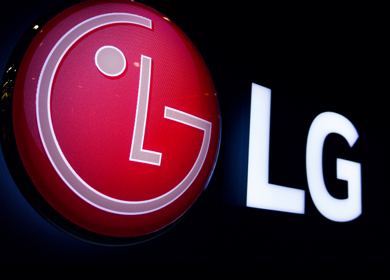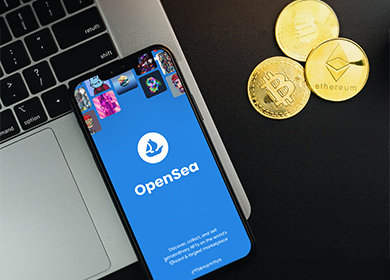The rise of the De-influencing Trend: How should brands handle this?
Published: March 03, 2023

In recent weeks, a new trend known as "de-influencing" has gained momentum in social media with the massive trending of the hashtag "de-influencing."
There are thousands of videos with nearly 200 million views available on TikTok under the hashtag #deinfluencing.
The de-influencers use the trend to post what not to buy, breaking the promotional content that previously promoted the products. They are testing products and creating content demonstrating why those products are not worth buyers’ money. It is essentially the inverse of influencing.
The influencer industry is booming, with a valuation of over $15 billion. The majority of influencers are eager to promote products in order to earn money. It raises the question of credibility. So, many in the industry see it as a new way for creators to express themselves authentically.
The trend is an indication of a "growing backlash to overconsumption," according to the WSJ report.
Maddie Wells, a beauty influencer, coined the term sometime around 2020. She began posting videos on TikTok, telling her followers about products that people would most likely return and urging them not to fall for the hype.
While the concept of discouraging unnecessary consumption is commendable, the de-influencing trend has yet to have the desired impact on influencer culture. Many social media users and trend followers are sceptical that it will make a positive difference. This is primarily due to the fact that some users who claim to "de-influence" specific products seem to suggest alternatives while still promoting a product.
According to the Canadian creators and marketing experts who spoke with CBC News, de-influencing is a content strategy in itself. As the cost of living rises, content creators struggle to gain the trust of audiences who can no longer afford the high-priced products and use this as a strategy.
How can marketers insulate brands from de-influencing?
Although de-influencing sounds like an elevated form of negative reviews, brands cannot deal with it easily. The key reason is, the person who gives negative reviews about the product has a large following. So, it will indeed have a greater impact and cause long-term harm for brands.
Brands cannot control what their rivals say about them. Perhaps the rivals can hire a de-influencer just to defame their competitors. So, brands must wake up and focus on strengthening their marketing strategies.
Here are the few strategies marketers can take hold of to combat de-influencing trends:
Choose influencers wisely for long-term contracts:
It is critical for marketers to collaborate with reputable and powerful influencers in order to thrive as a brand and to maintain its reputation in the face of these growing challenges. Furthermore, marketers must enter into long-term contracts with influencers rather than short-term ones in order to gain control of them and develop a deeper business relationship with them.
More importantly, marketers should do a detailed review before collaborating with influencers to make sure they are well-matched for the brand values they are about to work with. It helps brands set the clear expectations with the influencer as well. Which, is not possible in short-term contracts. Needless to say, it will be beneficial for marketers in ensuring better content for their audiences.
"Par excellence" Product Quality:
The foundation of brands and customer relationships is authenticity. Given that, brands must ensure that their product quality is top-notch and keep their positioning straightforward for their target audiences. By showcasing themselves transparently, brands can keep a trend like de-influencing at bay, gain their customers' attention and love, and stand out from the competition.
Strengthen positive online discussions about brands:
Amplify brands' digital presence across all platforms and channels as much as possible. Brands must be involved in every social and community interaction involving them. Address customers’ issues. Bring solutions. Make customers say good things about them. This can reassure a brand’s credibility and help to dilute the deinfluencers’ voice.
As the influencer landscape is an unregulated area, any influencer is free to say anything about any brands or products. Therefore, it is important for brands to remain vigilant and take the necessary actions right away to protect their credibility and customer base.










Be the first one to comment.